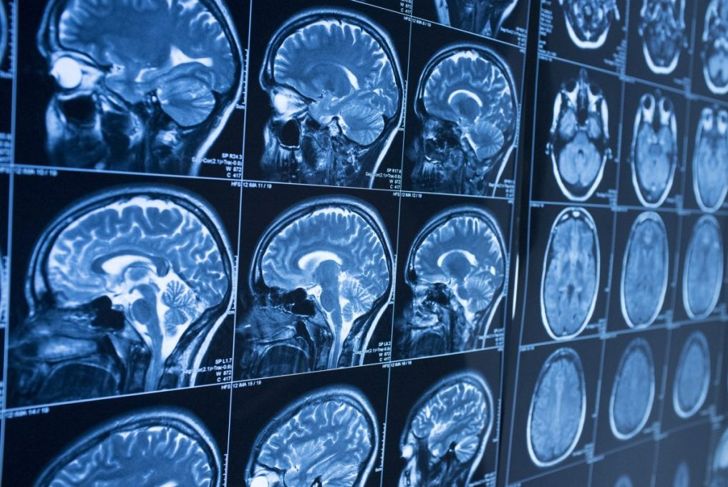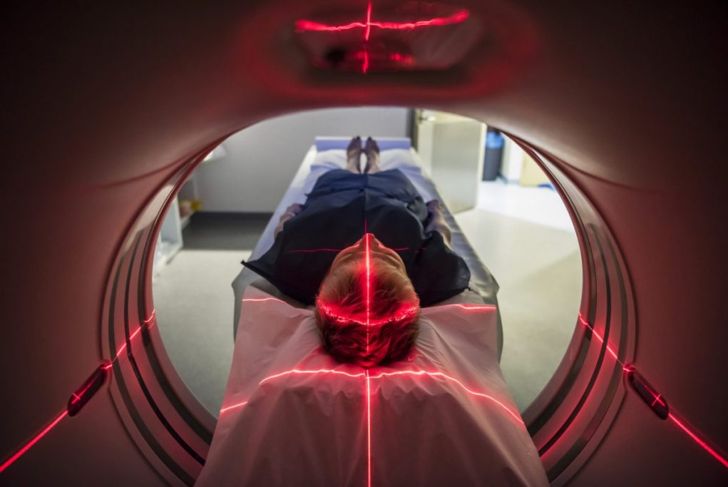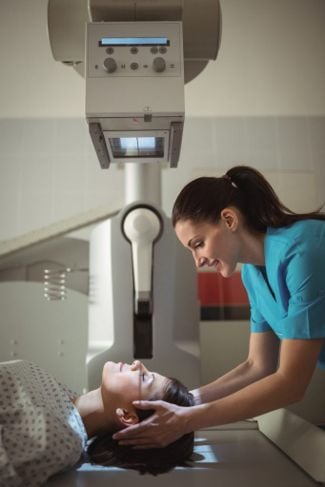Cortisol is an essential steroid hormone made by the adrenal glands that aids in suppressing inflammation, regulating blood sugar levels, controlling salt and water balance, and even helping the memory process. It is sometimes called the stress hormone. If the levels of cortisol are chronically elevated beyond the normal range, several symptoms develop. Many issues can cause a rise in cortisol levels. Cushing’s disease is specifically the result of a tumor of the pituitary gland.
Pituitary Tumor
If a tumor forms on the pituitary gland in the brain, it can excrete its own hormone, adrenocorticotrophic hormone (ACTH), that acts on the adrenal glands, stimulating them to produce excess cortisol. The result is Cushings disease. Tumors of the pituitary gland are surprisingly common and are usually benign growths called adenomas. Some pituitary tumors cause no symptoms and go undetected. Others impact hormone production, having severe implications that need medical attention and treatment.
Common Symptoms
One of the most noticeable symptoms of Cushing’s disease is weight gain around the torso and chest, in the face, and at the base of the neck (referred to as a buffalo hump). The redistribution of fat due to elevated cortisol means that although these areas gain weight, the limbs usually remain thin. The increase of steroid hormone also causes changes to the skin, including thinning, redness, easy bruising, and stretch marks. Some people experience mental health effects, such as anxiety, extreme mood swings, and even suicidal thoughts.
Complications
Cushing’s disease can also cause more serious medical complications that can be detrimental to overall health and even life-threatening. A person can experience reduced bone density resulting in osteoporosis and an increased risk of bone fractures. Severe debilitating fatigue can occur alongside headaches and cognitive difficulties. The risk of developing high blood pressure or worsening an existing issue increases the chance of a stroke or bleed. The symptoms Cushing’s disease causes can have a profound effect on daily life and emotional well-being.
Diagnosing Cushing’s Disease
Cushing’s disease occurs most frequently in people between the ages of 20 and 50 and is more prevalent in females than males. The many and varied symptoms overlap with other medical conditions, making diagnosis a potentially lengthy and complex process. However, a simple blood test can measure cortisol levels. Once doctors diagnose Cushing’s syndrome (the general term for the collection of symptoms resulting from elevated cortisol levels), a brain scan enables examination of the pituitary gland. A scan must indicate a tumor before a doctor will diagnose Cushing’s disease.
Brain Scan
The best way to look at the pituitary gland is with a magnetic resonance imaging (MRI) scan. This type of scan can focus in on the small pituitary gland deep within the brain and can detect even the smallest of tumors. An MRI scan is neither painful nor harmful. The scanner itself is a cylindrical shape with a motorized bed that passes through it.
Surgery
Experienced pituitary surgeons remove pituitary tumors using general anesthesia, taking care to preserve the delicate surrounding tissues and nerves while attempting to remove the tumor in its entirety. As it is difficult to extract a larger tumor, small parts may be left behind and subsequently treated using other methods, including radiation. Advances in surgical techniques mean that today, surgeons access the pituitary gland through the nasal passages or above the front teeth when possible, rather than through the cranium.
Radiotherapy
In some cases, doctors administer radiotherapy as a follow-up treatment to surgery, to target any residual tumor cells and reduce the chance of regrowth. Traditionally, patients received radiotherapy at relatively low doses over a long period. Now, many specialists consider a shorter and more intense dose of radiotherapy, stereotactic radiosurgery, a more precise and effective alternative.
Treatment Side-Effects
Although relatively safe options, both surgery and radiotherapy do carry risks. If the surgeon gains access through the nose, the patient may experience post-operative bleeding, as well as the general possible complications of surgery, such as infection and pain. When the point of entry is under the top lip, patients can experience nerve damage and temporary or permanent loss of sensation in the front teeth. Pituitary surgery also can also trigger diabetes insipidus, whereby the kidneys produce large volumes of urine. This is temporary and medications can help. Radiotherapy is considered a safe method of treatment but can damage the optic nerve when focused on the pituitary gland, resulting in a degree of sight loss.
After Treatment
The complexity of the physiological changes caused by Cushing’s disease means that it can take some time for the body to return to normal, even after treatment. Many people report feeling worse for weeks or months after the tumor is removed. This is due to the changing levels of hormones circulating through the body, both before and after surgery. The hormone regulatory system becomes unbalanced and may need support from oral steroid medication until it recovers.
Long-Term Recovery
Some people experience the after-effects of living with high cortisol levels for a prolonged period for the rest of their lives. Blood pressure and blood sugar may remain outside normal parameters, requiring monitoring and treatment as independent conditions. An individual’s bones may remain weak, even after successful treatment, especially in post-menopausal women who are already at risk of decreased bone density and osteoporosis. Medication can improve bone strength, and doctors often recommend regular exercise including weight-bearing activities.

 Home
Home Health
Health Diet & Nutrition
Diet & Nutrition Living Well
Living Well More
More




















